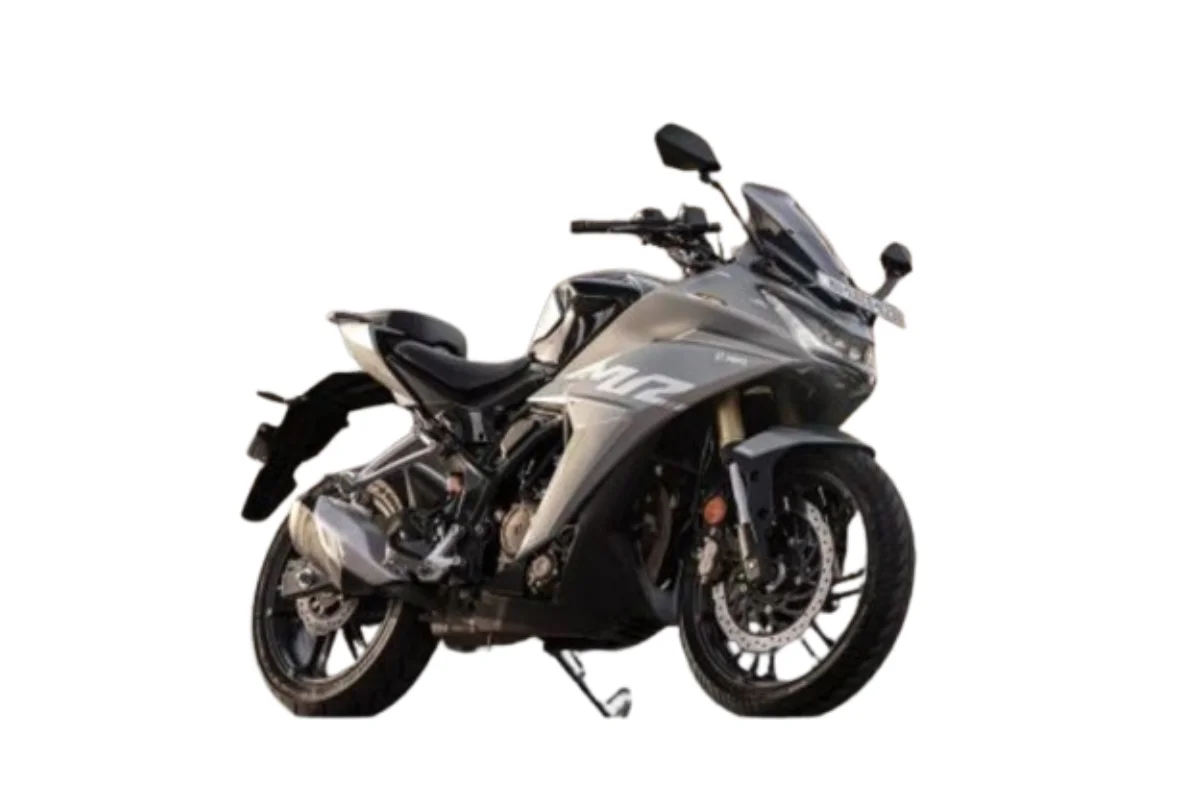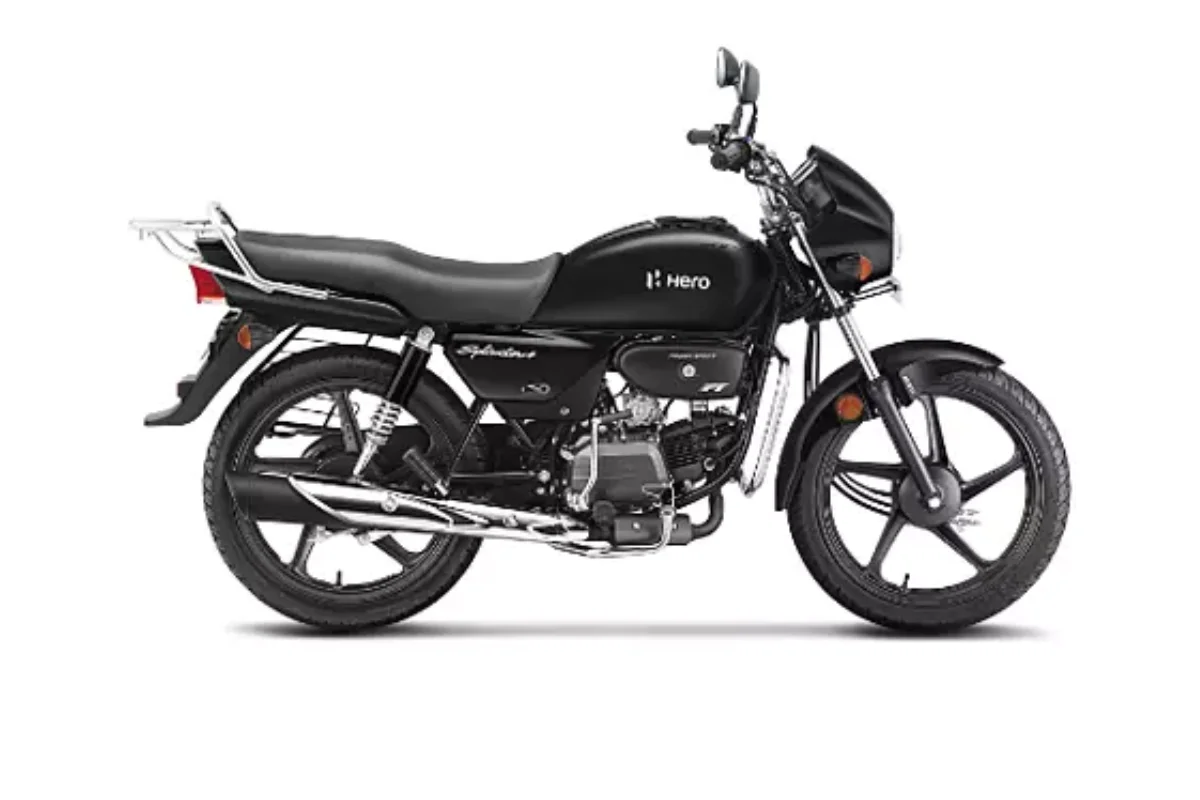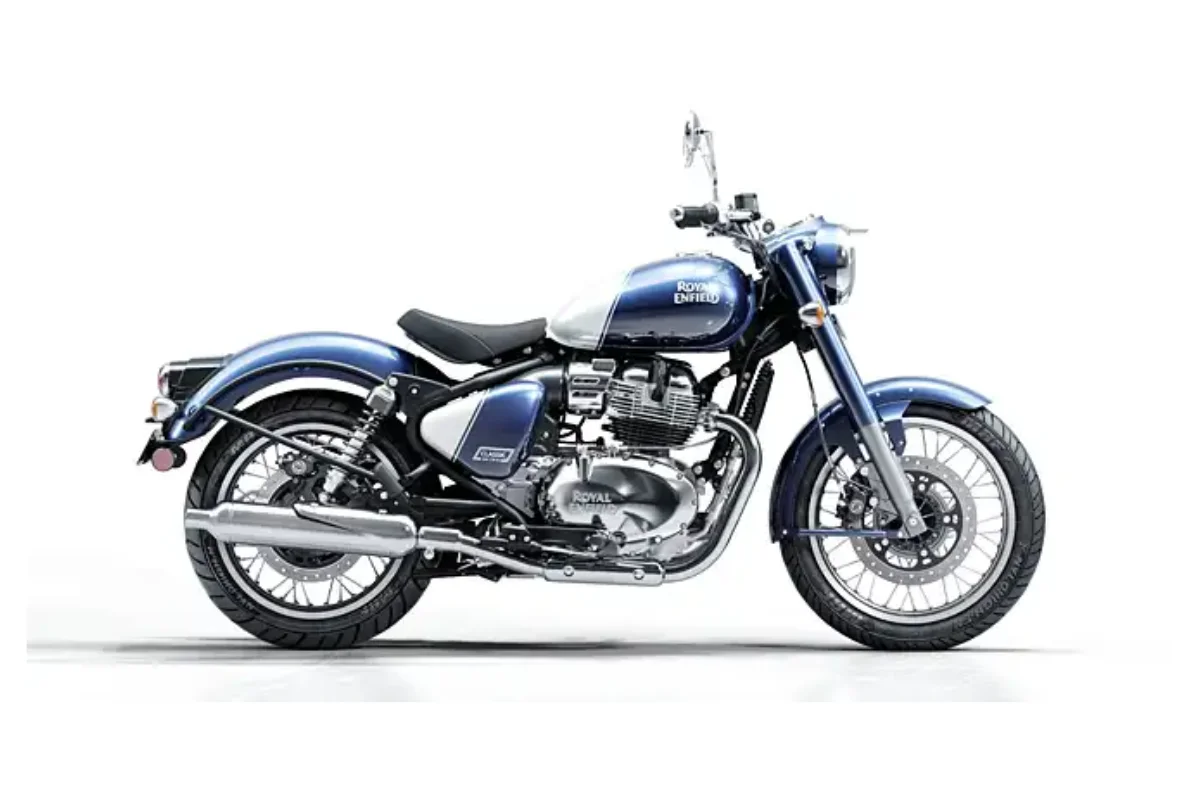Bajaj Auto has once again made headlines by introducing the Bajaj Freedom 125, the world’s first CNG-powered motorcycle. Launched just a few months ago, this innovative bike has quickly gained popularity in the Indian market, thanks to its fuel efficiency and eco-friendly design. However, one aspect of the bike that has sparked curiosity is its relatively small 2kg CNG tank. Many potential buyers and enthusiasts have wondered why Bajaj chose to equip the Freedom 125 with such a modest CNG capacity. Here’s a closer look at the reasoning behind this decision and what makes this bike stand out.
Understanding the CNG Tank Size
At first glance, the decision to include a 2kg CNG tank might seem puzzling, especially when compared to traditional petrol bikes that typically feature fuel tanks with a capacity of 10-11 liters. The Bajaj Freedom 125, however, comes with a 2kg CNG tank alongside a 2-liter petrol tank. This setup is quite different from what most riders are accustomed to, leading to questions about the practicality and efficiency of such a configuration.
Why Only a 2kg CNG Tank?
The answer lies in a combination of safety, weight management, and design considerations. One of the primary concerns with CNG-powered vehicles is the risk of fire. To mitigate this risk, Bajaj has designed the CNG tank with safety as a top priority. The 2kg CNG tank is substantial enough to offer impressive mileage without compromising the bike’s safety or handling.
The tank itself weighs 16kg when empty and 18kg when filled with CNG. This makes it the second heaviest component of the bike after the engine. A larger tank would significantly increase the bike’s overall weight, potentially affecting its balance and maneuverability. Additionally, a bigger tank would take up more space, which could interfere with the bike’s design and rider comfort. By opting for a 2kg tank, Bajaj ensures that the Freedom 125 remains both safe and practical, while still offering the benefits of CNG.
Impressive Mileage and Range
Despite the smaller CNG tank, the Bajaj Freedom 125 delivers exceptional mileage. According to Bajaj’s claims, the bike can travel up to 102 kilometers on just 1kg of CNG. When combined with the 2-liter petrol tank, which offers a mileage of 65 kilometers per liter, the Freedom 125 boasts a total range of approximately 330 kilometers. This makes it an ideal choice for daily commuting, offering both fuel efficiency and convenience.
A Balanced Approach to Design
Bajaj’s decision to limit the CNG tank to 2kg is also a reflection of their commitment to maintaining the bike’s overall balance and performance. The added weight of a larger tank could make the bike feel heavy and cumbersome, particularly in city traffic where agility is key. By keeping the tank size modest, Bajaj ensures that the Freedom 125 remains easy to handle, offering a smooth and enjoyable riding experience.
Pricing and Variants
The Bajaj Freedom 125 is available at a starting price of Rs 95,000, making it an affordable option for those looking to switch to a more environmentally friendly mode of transportation. The bike is offered in three variants, each catering to different preferences and budgets:
- Base Drum Variant: Priced at Rs 95,000 (ex-showroom), this entry-level model provides all the essential features of the Freedom 125.
- Drum LED Variant: For those who prefer additional features, the Drum LED variant is available for Rs 1.05 lakh (ex-showroom).
- Top Disc Variant: The top-of-the-line model, priced at Rs 1.10 lakh (ex-showroom), comes with advanced features and enhanced performance.
A Bold Step Towards a Greener Future
The Bajaj Freedom 125 represents a significant step forward in the evolution of motorcycles, combining the benefits of CNG with the reliability and performance that Bajaj is known for. By opting for a 2kg CNG tank, Bajaj has struck a balance between safety, efficiency, and practicality, making the Freedom 125 a compelling choice for eco-conscious riders. As the world’s first CNG bike, it sets a new standard in the industry and paves the way for future innovations in sustainable transportation.







